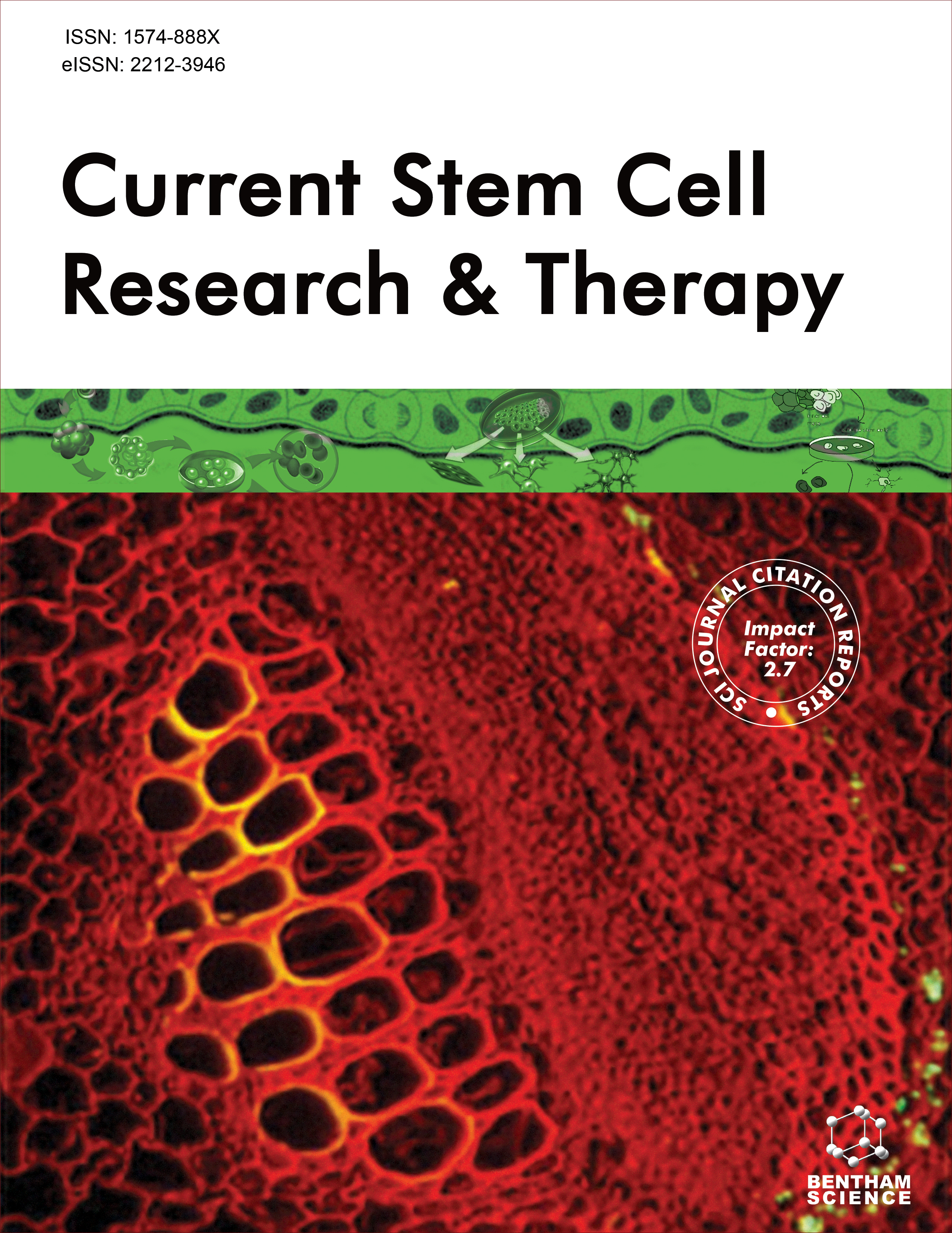
Full text loading...
We use cookies to track usage and preferences.I Understand
Glioblastoma (GBM) is recognized as the most aggressive and lethal form of primary brain tumor, characterized by rapid proliferation and significant resistance to conventional therapies. Recent studies have illuminated the complex role of Neural Stem Cells (NSCs) in both the progression and treatment of GBM. This review examines the specific molecular pathways influenced by NSCs, focusing on critical signaling cascades such as Notch, P13K, and SHH, which are implicated in tumor development and maintenance. Furthermore, we explore the dual role of NSCs in glioblastoma, where they can act as both facilitators of tumorigenesis and potential agents of tumor suppression, depending on the microenvironmental context. Understanding these intricate interactions is essential for developing innovative therapeutic strategies that target NSCs in GBM. This review aims to provide a comprehensive overview of current knowledge and to identify future research directions in this promising field, ultimately contributing to the advancement of personalized treatment approaches for patients with glioblastoma.

Article metrics loading...

Full text loading...
References


Data & Media loading...

